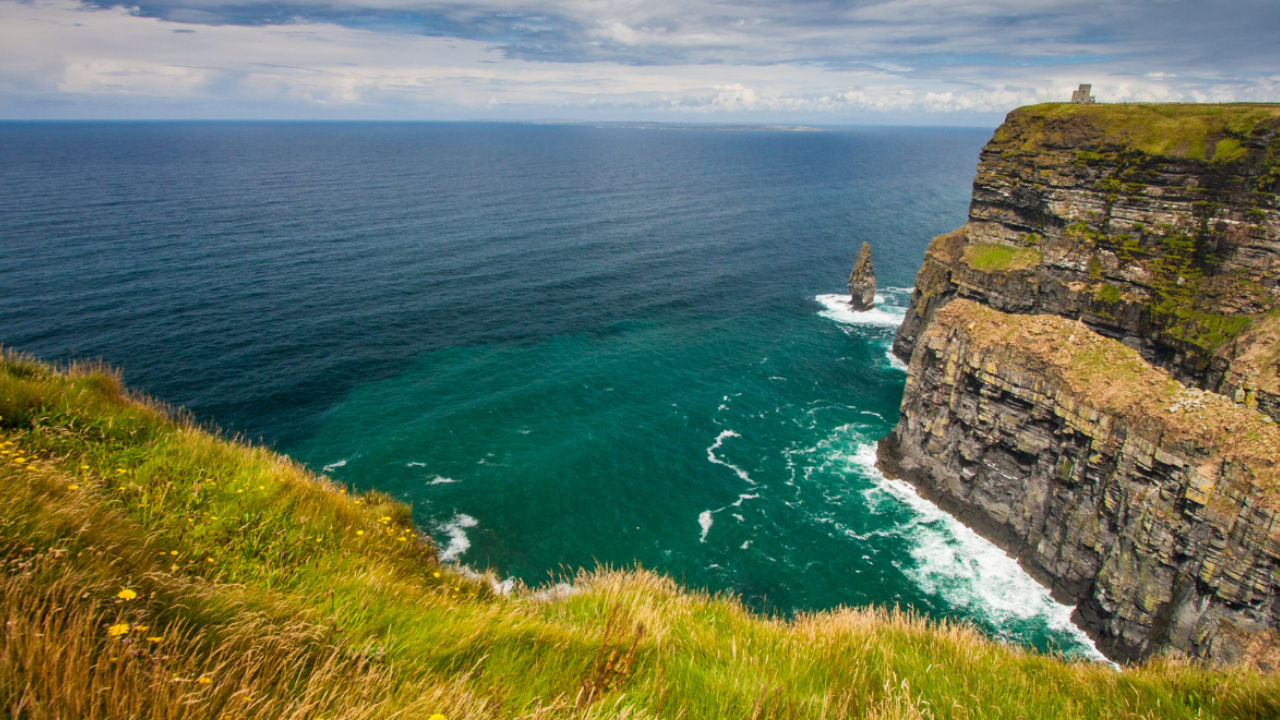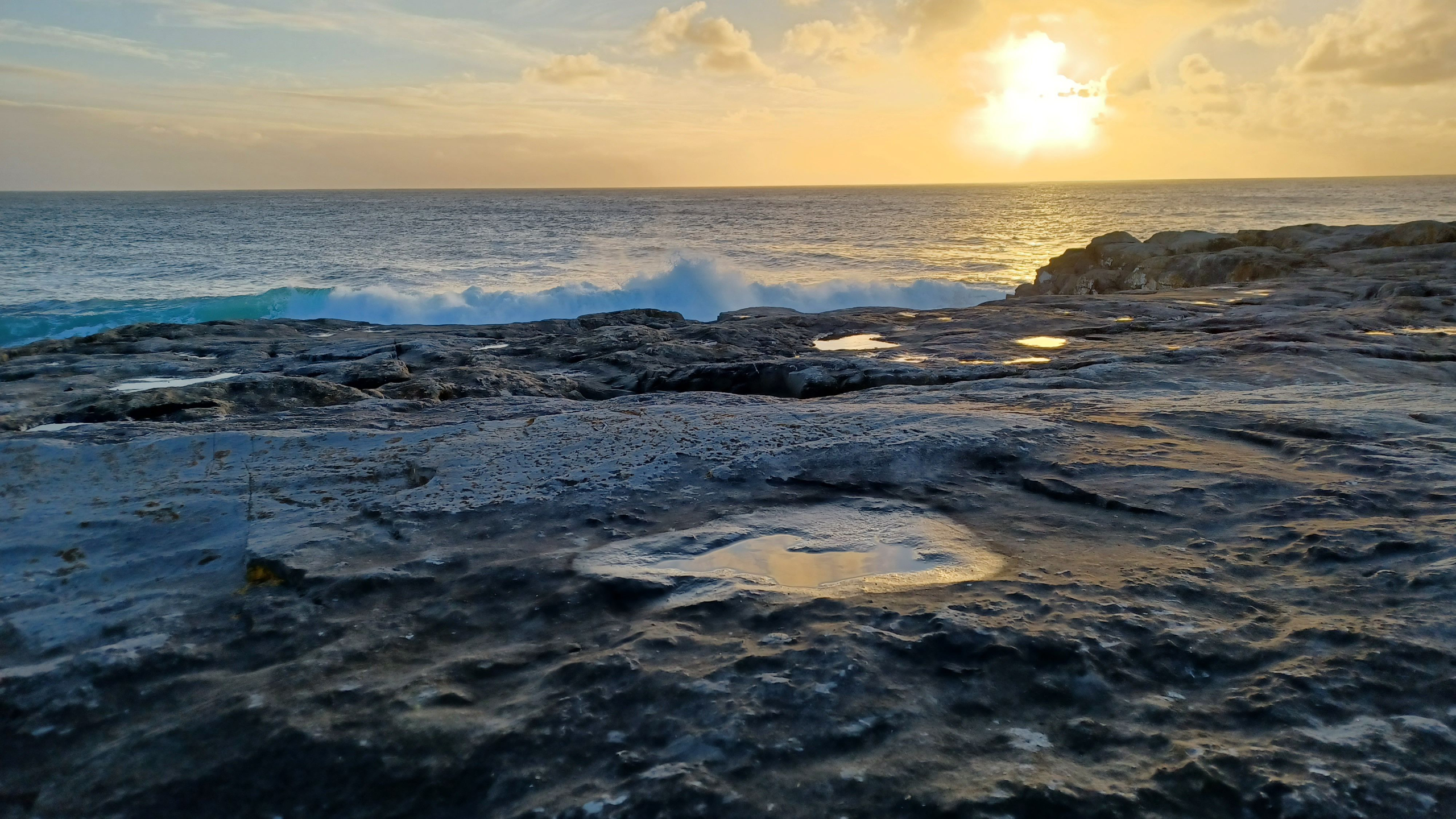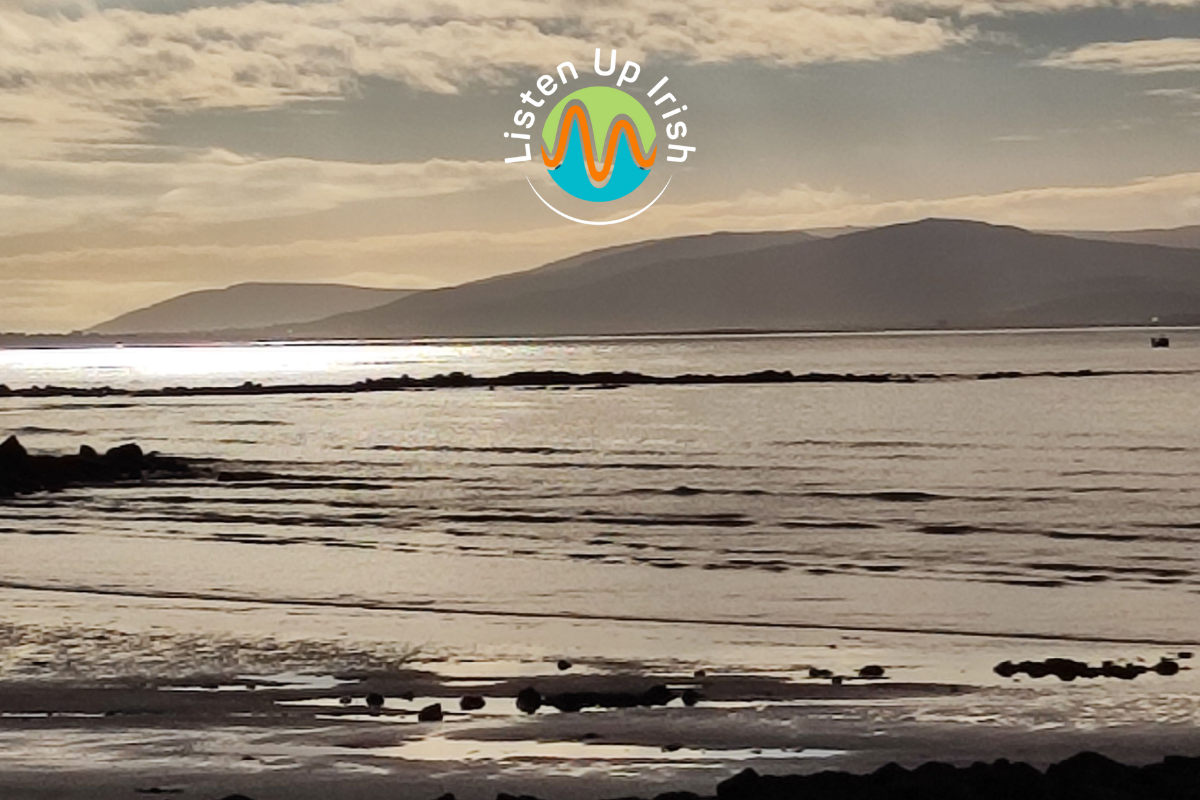Anois teacht an earraigh
The opening lines of the poem Cill Aodáin are among the most well known lines of Irish poetry. Ní nach ionadh! No wonder! These lines are almost like a sigh of relief at the end of a long winter, and convey a feeling of exuberance at the 'stretch' in the evenings.
Anois teacht an earraigh / Now with the coming of spring
Beidh an lá ag dul chun síneadh / the days will be getting longer
The next lines describe a return to life and activity:
'S tar éis na Féile Bríde / and after the feast of Bridget
Ardóidh mé mo sheol / I will raise my sail
Ó chuir mé i mo cheann é / Since I got it into my head
Ní chónóidh mé choíche / I will not settle
Go seasfaidh mé síos / Until I stand down
I lár Chontae Mhaigh Eo / In the middle of County Mayo
The poem mentions Féile Bríde, the Feast of Bridget, which takes place on February 1st, and is now a public holiday. You can read more about this important feast day here.
Raiftearaí, an File; Raftery, the Poet
This poem was composed by Antaine Ó Raiftearaí / Anthony Raftery, a wandering poet who was born near Kiltimagh (Coillte Mach), in Co. Mayo, in 1779. His family worked on the estate of the local landlord, Frank Taafe. When Anthony was around nine years old his life changed utterly. Smallpox robbed him of his sight, and was the cause of death of his eight siblings.
Raftery learned the fiddle, and was witty and able to compose songs and poems at will. He wrote poems about the great events of the time, and about local events. Like many of the people of the time Raftery was illiterate, and did not write down his poems. Instead they were learned off by heart, and passed from generation to generation in that way.
Raftery died on Christmas Day in 1835, and is buried in Killeeneen cemetry, near the village of Craughwell in south Galway. In 1900 Lady Gregory, Edward Martyn, and W.B. Yeats arranged for the erection of a memorial over his grave; and there is a statue to him in the village of Craughwell also.
The Wandering Poet
It is said that Raftery angered his local patron, Frank Taafe, and was banished from the estate of the big house, Cill Liadáin, where he had grown up. According to a story collected by Douglas Hyde, Raftery (although blind!) was riding a fine horse belonging to Frank Taafe, when the horse was involved in a fatal accident. Taafe blamed Raftery for the loss of his horse, and in this way Raftery lost the patronage and protection of the big house at Cill Liadáin, and began a life as a wandering poet, in the old Gaelic tradition.
The Douglas Hyde connection
It is likely that many of Raftery's poems and songs would have been lost but for the efforts of one man: Douglas Hyde. Hyde (1860 - 1949) was from an Anglo-Irish Protestant background, but learned the Irish language from the people in his locality in Co. Roscommon and became a leading Irish scholar. He also served as the first President of Ireland, (1938 - 1945), and was a leading figure in the Irish language revival movement, Conradh na Gaeilge / the Gaelic League.
Hyde published his first collection of the songs and poems of Raftery in 1903. This book took some effort on his part, as many of the songs and poems had to be collected from various people, or transcribed from whatever old written copies he could get his hands on.
In the introduction to that book he describes how the death of a poet is like a stone falling into water. The ripples of that stone move across the water long after the stone falls. In the same way the ripples of Raftery's poems reached Hyde many years after Raftery's death.
In fact, it was the poem Cill Aodáin, that first awoke Hyde's interest in the poems of Raftery. He describes how he had set out on a fine winter's morning, with his dog by his side, and his gun on his shoulder when he saw an old man standing at the door of his hut. The old man was reciting the opening lines from the poem Cill Aodáin. Hyde liked the sound of the poem, and asked the old man to teach it to him. At the time Hyde did not know that the poem had been composed by Raftery.
Many years later Hyde was doing some research in old manuscripts in the Royal Academy of Ireland and came across a written copy of the poem he had been taught 15 years earlier by the old man. The poem, along with some others also written on that same manuscript, was attributed to Raftery.
Hyde became the collector of the works of Raftery, and but for him many of the poems would not have been preserved.
Cill Aodáin / Cill Liadáin / Contae Mhaigh Eo
Hyde did however make a mistake with regard to this poem, by giving it the title Cill Aodáin! Hyde had collected this poem originally from an old man in his own locality in Co. Roscommon. By that stage the poem must have been in existence at least over 50 years, and was collected by Hyde in a locality some distance from Co. Mayo. However, it is commonly agreed now that the placename in question is in fact Cill Liadáin (the townland near Kiltimagh in Co. Mayo where Raftery was born).
This poem has a special place in the hearts of Mayo people, of course, as it lists many of the towns and villages of Mayo, and the poet's desire to be back in the heart of that county and among his own people. For this reason, it is also known as Contae Mhaigh Eo / County Mayo.
The poem is nine verses long (you can listen to a recitation of the first two verses on the video above). While the first two verses list the many beautiful towns and villages of Co. Mayo, the remaining seven verses are devoted entirely to the townland of Cill Liadáin. In these verses the beauty and abundance of the area are described - every fruit grows there; birds of all sorts sing in the trees; crops of all kinds grow easily; every kind of tree grows in the woods; there is no illness, no disease of any kind; the waters are filled with fish; widows and orphans are assisted and given food and allowed to live rent-free. In the final two lines of the last verse Raftery mentions the name of the landlord of this wonderful estate: Frank Taafe
saol fada ag Frainc Taafe ann / A long life to Frank Taafe there
sliocht Loingsigh na féile nár choigil an fiach / a descendant of the generous Lynches who shared the hunting
According to some the poem was written in an effort to get back into the good books of Frank Taafe, with the hope that Raftery would be allowed to return to Cill Liadáin. However, it apparently did not have the desired effect. Taafe was not impressed by the fact that his name was not mentioned until the final lines of the poem, and Rafterty was obliged to continue wandering the roads until the end of his life.
From the 1800s to the present day
A poem composed by a blind poet sometime in the early 1800s; overheard by the future first President of Ireland while still a young man, and then published in book format for the first time in 1903 and which has now been on the Irish national school curriculum for over 100 years, and is known to generations of school children in Ireland. Now that's a poem with a bit of history behind it!
How to learn Irish
There are many ways to learn a language and everyone is different! What works best for one person may not work so well for someone else. Using poetry, however, is a unique and fun way to learn Irish and one that appeals to many learners. Try out the All About Irish Learn Irish Through Poetry course and find out for yourself just how effective Irish language poetry is as a means for learning Irish. Listening to poems is a great way to train your ear to the sounds of the language , while the richness and musicality of the language come to life when listening to poems in the Irish language.




